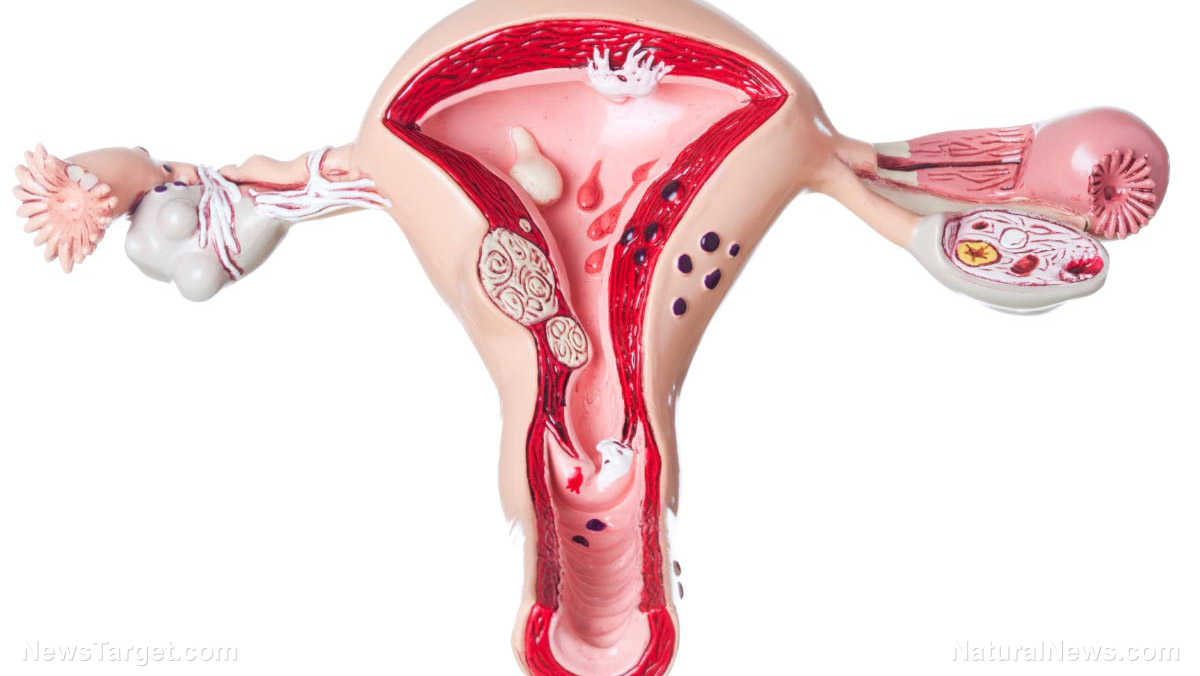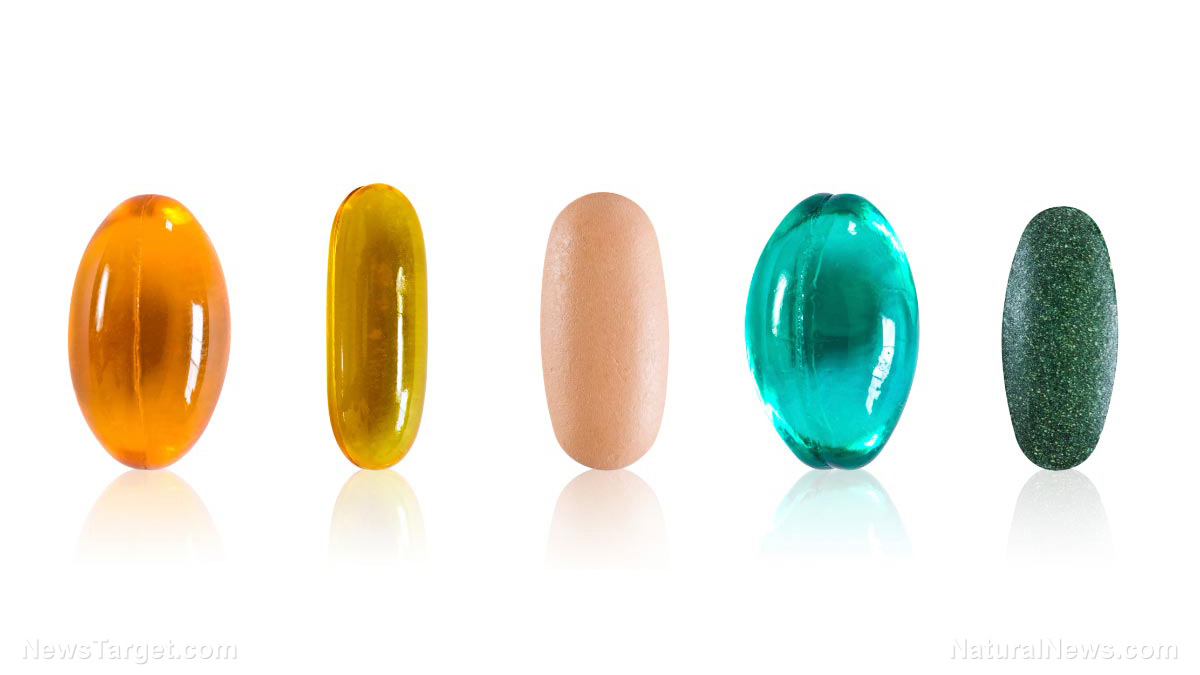Felty germander found to help prevent primary dysmenorrhea
11/14/2018 / By Zoey Sky

A study published in the journal Complementary Therapies in Clinical Practice reported that a plant called Teucrium polium (felty germander) may help ease the pain caused by primary dysmenorrhea. The researchers noted that this marks the first time that T. polium was used for pain relief in individuals with the condition.
- Primary dysmenorrhea is a common problem that negatively affects the quality of life of many women all over the world. The condition isn’t the symptom of an underlying gynecologic disorder, but it is related to the normal process of menstruation.
- For this study, researchers examined the effect of T. polium compared to mefenamic acid on primary dysmenorrhea. The triple-blind and randomized clinical trial study, which ran from October 2014 to February 2015, involved 70 single female students from Shahid Beheshti University in Tehran, Iran. The participants were aged 20 to 30 years old.
- The female participants were randomly divided into two groups with 35 individuals each. The first group took 250 milligrams (mg) of T. polium powder every six hours for the first three days of menstruation for two cycles. The second group was given 250 mg of mefenamic acid.
- The researchers determined dysmenorrhea severity using a visual analog scale (VAS).
- Data from the study showed no differences between the two groups for either demographic or descriptive variables.
- Based on the VAS, the participants from the T. polium and mefenamic acid groups had lower significant pain in the first and second months after the treatment. There were no side effects reported in both groups.
The research team concluded that T. polium can be used as a natural alternative for mefenamic acid and that it can help reduce the pain caused by primary dysmenorrhea.
Journal Reference:
Abadian K, Keshavarz Z, Mojab F, Majd HA, Abbasi NM. COMPARISON THE EFFECT OF MEFENAMIC ACID AND TEUCRIUM POLIUM ON THE SEVERITY AND SYSTEMIC SYMPTOMS OF DYSMENORRHEA. Complementary Therapies in Clinical Practice. 2016;22:12–15. DOI: 10.1016/j.ctcp.2015.09.003
Tagged Under: alternative medicine, felty germander, herbal medicine, mefenamic acid, menstrual cramps, natural cures, pain relief, plant medicine, primary dysmenorrhea, Teucrium polium, women's health















